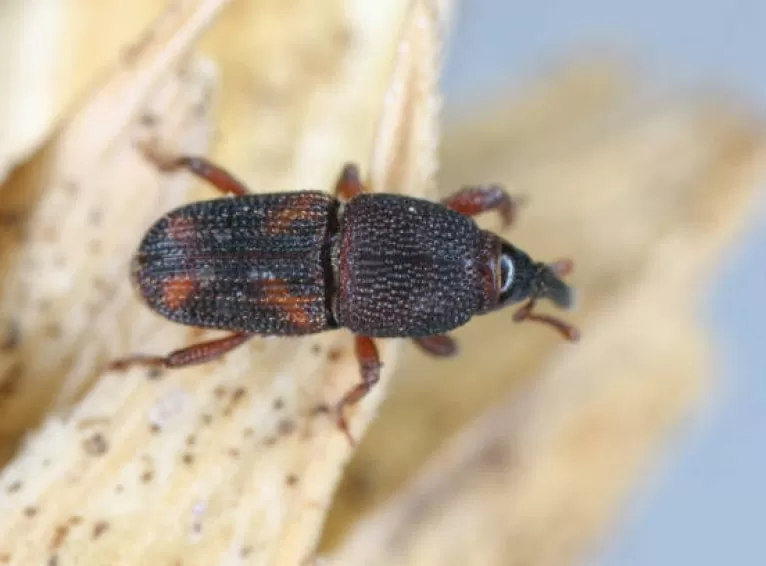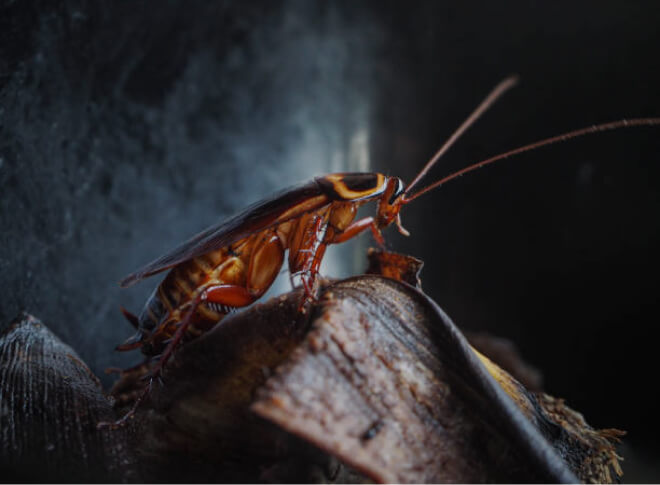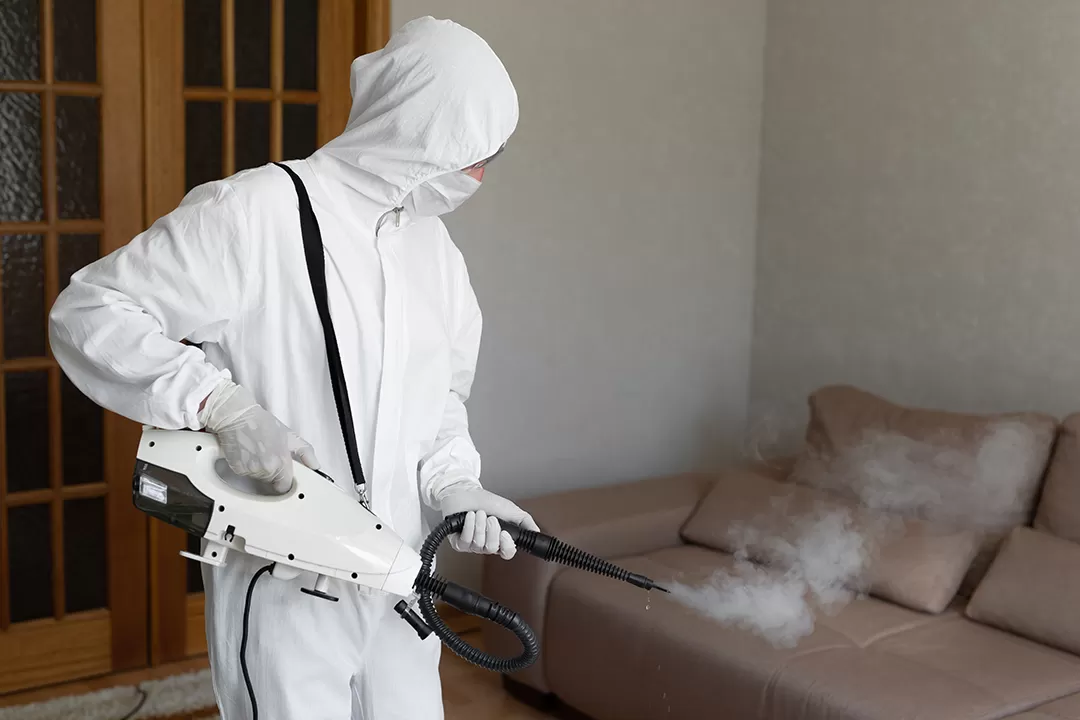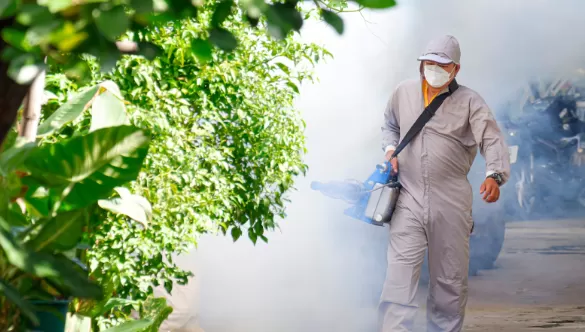Booklice are constantly in search of moist and warm conditions, so it’s no wonder they are so common in Singapore. Singapore’s humid environment is perfect for promoting its survival and growth. While that is excellent news for the insects, it should be alarming for you.
Do you need help tackling the booklice population in your home? Don’t worry; help is here. We have compiled a thorough guide on everything you need to know about them in this article.
Here, you can learn what booklice are, what they look like, and the conditions in which they best thrive. You can also explore the telltale signs of these tiny pests and learn how to get rid of them.
What is Booklice?
First of all, let’s learn what booklice are. They are invasive insects that are barely 1mm to 2mm in length. This soft-bodied insect belongs to the psocidae insect family but is not the same as parasitic lice. Booklice, also commonly called psocids, are brown or white in colour. Most of the species of these insects are wingless, but some may have wings.
Booklice like to live in nature but prefer humid areas. They usually hide in leaf litter or under barks but can also make their way into your home through tiny spaces and gaps.
You may even unknowingly bring them home through second-hand books or other used items. Unfortunately, booklice can also nest in long-term storage areas where mildew and mould have developed.
Now that you know what booklice are and where they come from, you must be wondering whether they are destructive. Well, booklice do not bite and are generally harmless. They feed on mildew, mould, dead insect fragments, pollen, and starchy substances like glue in books or stored food items. So damage caused by psocids is limited to damaged books and contaminated grains and cereals. This is rarely very serious for households, but it is still recommended to take care of booklice to avoid the nuisances they cause.
How to Identify a Booklice Infestation?
Booklice can be very tricky to spot. The main sign of a booklice infestation is spotting live psocids. You might see it on your food or walls and other surfaces. For example, if you notice tiny insects squirming in your cereal or flour, they could be booklice. You might even see these small insects hiding on the pages of a closed book.
Because they are so small, it is generally difficult to detect them. The darker-coloured booklice are usually easier to notice, especially on light-coloured surfaces. Check for the presence of booklice and signs of insect damage frequently. When looking for these insects, check dark areas like closed drawers and books in a library.
If the booklice infestation is small, you might not see any at all. Unfortunately, they can leave as quickly as they come, so the tiny pests are pretty tricky to spot.
Preventing a Booklice Infestation
Before you can learn how to get rid of booklice, it is important to know how to keep them away. Preventing booklice from thriving in your house is not difficult. The insects enjoy a warm and humid environment. All you have to do is ensure your home is not welcoming to them by ensuring it is not too warm.
You can remove excess moisture by using a dehumidifier. Also, check that there are no leaking pipes and faucets in the kitchen or bathroom. Finally, deprive booklice of their hiding spots by regularly vacuuming, dusting, and decluttering. Use airtight containers for food storage to keep them away from your stored products.
Another good prevention strategy is to improve ventilation throughout the house. Allow moisture to evaporate by keeping windows and doors open on days when it’s warm and dry.
Tips for Getting Rid of Booklice
Booklice are so tiny that it might seem impractical to prevent their entry into your home. So, how can you have a psocids-free home? Well, you can start by making your home unattractive to these bugs. Eliminate or reduce the moisture in your house, and half your work is done. To have an even bigger impact, eliminate all the micro-moulds they like to feed on.
Reduce the moisture to less than 50 per cent in any potentially infected or infested region with an air conditioner or dehumidifier. You can also increase the airflow by using fans. Alternatively, you could try freezing-infested items. Simply kill off psocids by placing any infested item in the freezer. The bugs will die within 1 hour.
After you ensure your home temperature is not ideal for booklice, you can further make your home unattractive to them by limiting food sources for the insects. Transfer all your food items to airtight containers. Keep the house clean and make sure there are no mildew or moulds. You can use borax or enzymes to do a thorough cleaning.
When you discover any mouldy items, dispose of them immediately to avoid further spread. You might also rely on some commercial products to control the fungi and mould. These products are not only great for controlling mould-feeding pests, but they will also help keep your home clean.
What’s more, you can use boric acid, diatomaceous earth, or silica aerogels to help dry out certain areas of the home. Make sure only to use these in non-food areas and where pets and children cannot reach them. Finally, if you think the problem in your home is getting out of control, you should call a professional pest control company to take care of the pest issue.
Conclusion
Have you been finding booklice crawling inside your grains and cereals? If this is happening frequently, you have a pest problem at hand. They are usually discreet, and physical sightings are a significant indicator that the booklice population in your house has gotten out of control.
Booklice do not bite or sting, but they contaminate food and are a nuisance to any household. After all, no one wants to eat food with living insects crawling all over it. So, how can you tackle booklice? Well, getting rid of them can be as simple as removing mouldy food sources from the house and reducing humidity within the home. But if you see them coming back, you should get pest control done regularly to keep them as well as other pests away from your home.







